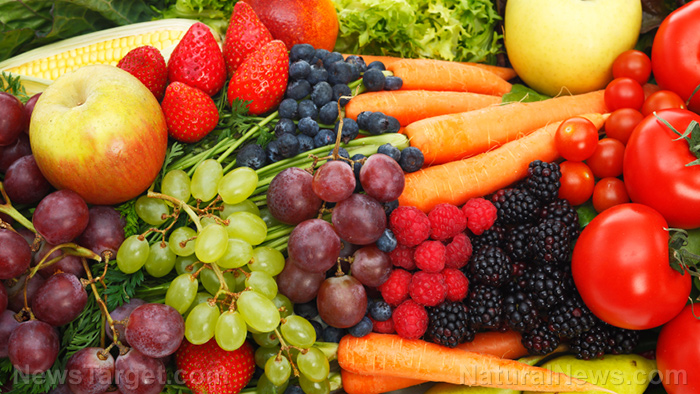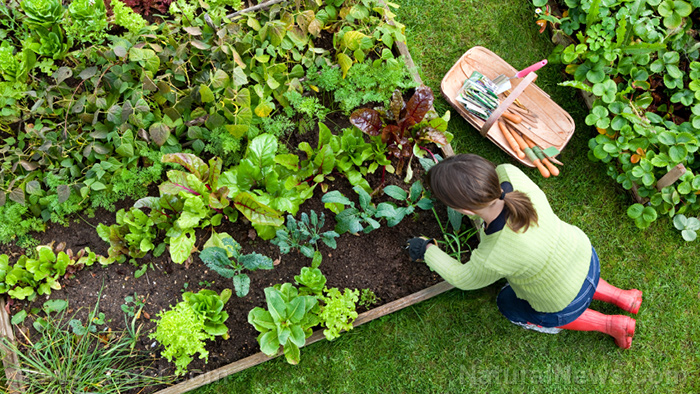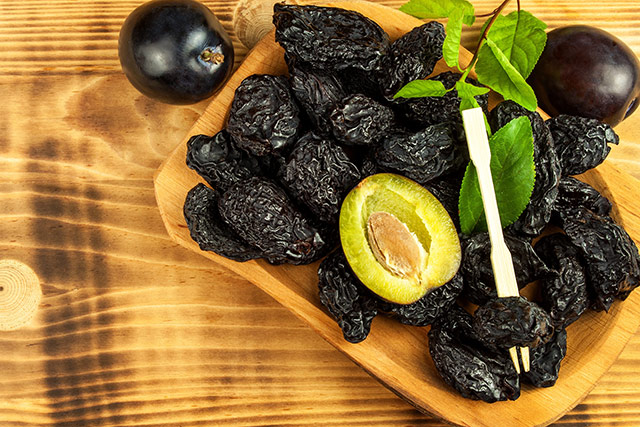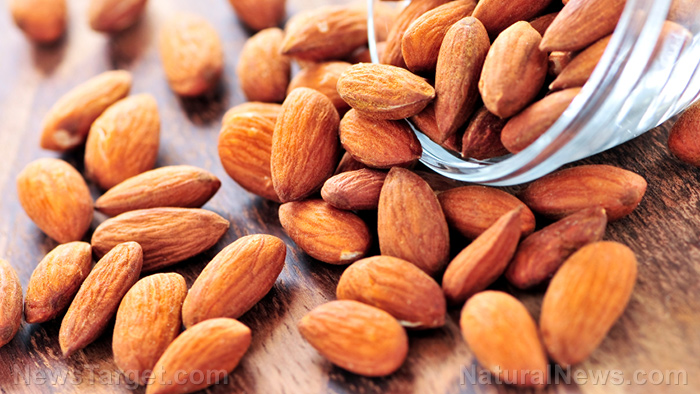The secrets of healthful living: A deep dive into nature's pharmacy with Joseph M. Kadans
- Joseph M. Kadans' "Encyclopedia of Fruits, Vegetables, Nuts and Seeds for Healthful Living" is a comprehensive resource that emphasizes the profound impact of natural foods on health, urging readers to make informed dietary choices.
- The book highlights the critical roles of vitamins and amino acids in bodily functions, such as hormone production, stress management and tissue repair. It underscores the importance of nutrients like Vitamins A, B2, C, E, linoleic acid and pantothenic acid, as well as essential amino acids like tryptophan and lysine.
- The encyclopedia explains the body's mechanisms for maintaining pH balance and emphasizes the importance of consuming a balanced diet of acid-forming and alkaline-forming foods. High-protein foods tend to be acid-forming, while fruits and vegetables are alkaline-forming.
- The book's alphabetical arrangement of nutritive benefits makes it a user-friendly resource. It provides detailed nutritional content for a wide range of foods, including fruits, vegetables, nuts and seeds, often expressed in 100-gram quantities, and highlights their specific health benefits.
- Ultimately, the book serves as a testament to the power of natural foods in promoting health and well-being. It encourages readers to prioritize their health by making conscious food choices, emphasizing that the foods they consume have a significant impact on their overall well-being.
In a world where health and wellness have become paramount, Joseph M. Kadans' "
Encyclopedia of Fruits, Vegetables, Nuts and Seeds for Healthful Living" emerges as a beacon of knowledge, offering insights into the profound impact of natural foods on our well-being.
This comprehensive guide, a treasure trove of information, reveals the intricate connections between nutrition and health, urging readers to reconsider their dietary choices. It delves into the critical role of vitamins and amino acids in hormone production, highlighting deficiencies that can significantly impair bodily functions.
For instance, a lack of Vitamins A, B2, or E, or linoleic acid, can hinder hormone synthesis, while Vitamin C is essential for proper gland and organ function. Pantothenic acid, often overlooked, is crucial for maintaining hormone levels.
The body's response to stress is another area of focus, with the book explaining how glands produce hormones like cortisone to help us cope with danger or unusual stress. However, prolonged stress can deplete these reserves, leading to severe health consequences. This underscores the
importance of stress management and adequate nutrient intake.
Amino acids, the building blocks of proteins, are another focal point. Essential for digestive processes and tissue repair, amino acids like tryptophan, cystine, lysine and histidine are vital for growth and repair. While proteins are a primary source, not all proteins contain the complete spectrum of essential amino acids.
The book recommends a daily intake of one gram of protein per kilogram of body weight, a target that those on fruit or vegetable diets may struggle to meet. This can result in physical weakness and increased vulnerability to stress.
While meat is often seen as the quintessential protein source, concerns about chemicals and feed quality have prompted many to explore alternatives such as nuts, legumes, eggs and cheese. Yogurt, with its beneficial bacteria and lactic acid, stands out as an ideal protein food and a viable meat substitute.
The book also addresses the often-misunderstood concepts of acidity and alkalinity in foods. Our bodies employ three lines of defense – buffer substances, reserve acids and reserve alkaline fluids – to maintain balance. High-protein foods tend to be acid-forming, whereas fruits and vegetables, rich in alkaline elements, are alkaline-forming. Striking a balance between these is crucial for overall health.
The alphabetical arrangement of the book's nutritive benefits section makes it a practical resource for readers. For example, the tomato, technically a fruit but commonly treated as a vegetable, is easily accessible in the listings without concern for its classification.
The book meticulously details the nutritional content of each item, often expressed in 100-gram quantities. Fruits, with their low caloric value, primarily contribute carbohydrates, usually in the form of sugar. Vegetables, conversely, are low in fat and high in vitamins and minerals – underscoring their importance in a balanced diet.
The
acerola cherry, a vitamin C powerhouse, is highlighted for its role in addressing joint swelling, poor complexion and even cataracts. The acorn — rich in vitamin A, B-complex vitamins, unsaturated fatty acids and tannin — is recommended for skin health, eyesight and nerve function.
Almonds, known as muscle and body builders, are praised for their high fat, carbohydrate and protein content, as well as their calcium content, which is beneficial for teeth and bone health. Apples, with their diverse range of minerals and vitamins, stimulate body secretions and act as a health tonic, medicine, cosmetic and bowel regulator.
Enzymes, the catalysts of the biological world, are also explored. These complex chemical substances produced by animals and plants are crucial for digestion and energy conversion. The book explains that enzymes not only digest food but also generate more enzymes and are essential for organ and tissue growth and replacement.
In conclusion, "Encyclopedia of Fruits, Vegetables, Nuts and Seeds for Healthful Living" is more than just a guide; it is a testament to
the power of natural foods in promoting health and well-being. It serves as a reminder that the choices people make about what they eat have a profound impact on their bodies and lives.
Watch this video about Joseph M. Kadans' book "Encyclopedia of Fruits, Vegetables, Nuts and Seeds for Healthful Living."
This video is from the
BrightLearn channel on Brighteon.com.
Sources include:
Brighteon.ai
Brighteon.com
 Parler
Parler Gab
Gab










